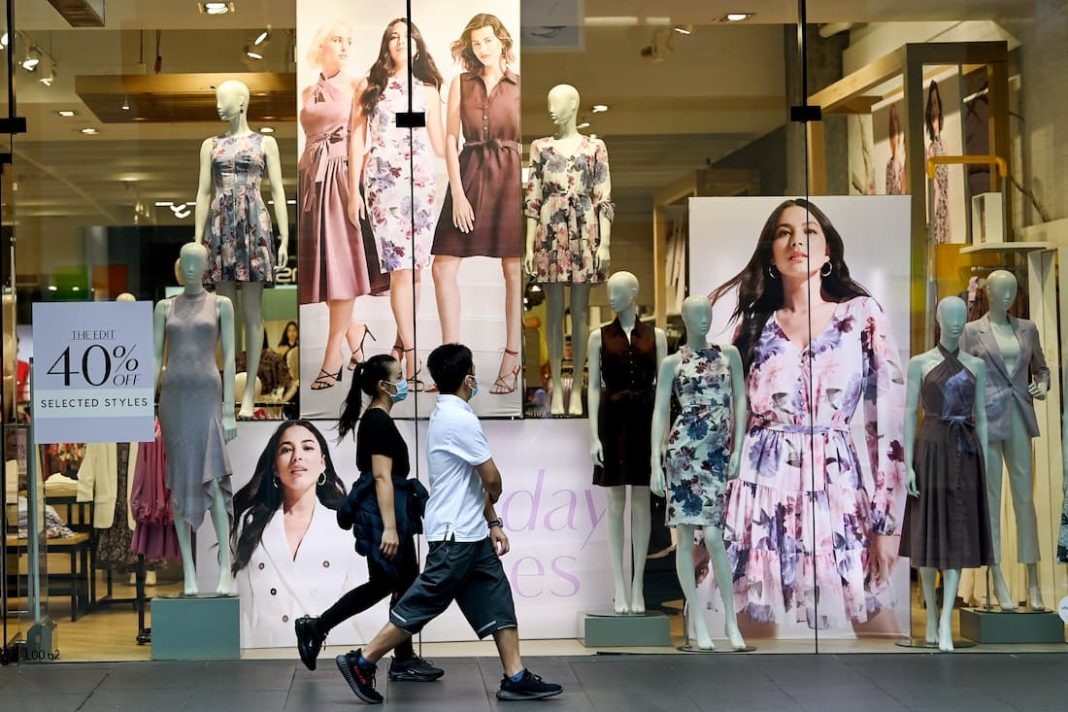A reluctance to spend due to squeezed household balance sheets should keep the Reserve Bank firmly on the sidelines.
Figures on Tuesday confirm consumers are still trimming their spending, especially on non-essentials such as fashion, in the face of elevated borrowing costs and rising rent, insurance and other hard-to-avoid expenses.
Sluggish retail sales bodes well for the Reserve Bank’s bid to slow the economy and bring down inflation which, at 3.6 per cent, remains above the two-three per cent target range.
AMP Australia economist My Bui said the central bank should not be discussing the need for another rate hike at its next meeting in June when spending was so weak.
She said demand was clearly slowing, meaning consumers were responding to higher interest rates by consuming less, taking pressure off prices.
“The lower inflation backdrop, soft economic growth and higher unemployment rate should allow the Reserve Bank to start cutting interest rates by the end of the year,” she wrote in a note.
A lacklustre 0.1 per cent lift in retail sales was recorded in April, the Australian Bureau of Statistic said, which was a touch below expectations and not nearly enough to unwind a 0.4 per cent fall in March.
Year-on-year, retail trade increased a disappointing 1.3 per cent.
On a per person basis and when adjusting for inflation, retail sales is in decline.
The April data pointed to less spending on non-essentials with clothing, footwear, and personal accessory retailing sinking 0.7 per cent.
The bureau’s head of retail statistics, Ben Dorber, said consumers were also reaching for cheaper booze and brought forward their spending on alcohol to the month prior for the earlier-than-usual Easter.
CreditorWatch chief economist Anneke Thompson said insolvencies in the retail sector were up 35 per cent in the year to April and there would likely be more if spending stayed so weak.
Going forward, Ms Thompson said consumers will be pulled in both directions and it was unclear whether spending would pick up or stay subdued.
Stage three tax cuts and new energy rebates would help family budgets recover some lost ground but Ms Thompson said consumers would likely remain wary, especially if jobs became harder to land in a weaker labour market.
As shown by weekly surveying by ANZ, consumer confidence has been stuck well below long-run averages, and fell further last week, back to a 2024 low.
Ms Thompson said improving disposable incomes would unlikely be enough to bolster confidence and lift spending, given present conditions .
“A recovery isn’t likely until we see two or three cuts to the cash rate, as only then will mortgage holders start to feel more confident that they have some breathing space in their monthly budget,” she said.
A monthly update on consumer prices on Wednesday will shed more light on the state of the economy and progress towards within-target inflation ahead of the next interest rate meeting in June.
By Poppy Johnston in Canberra



